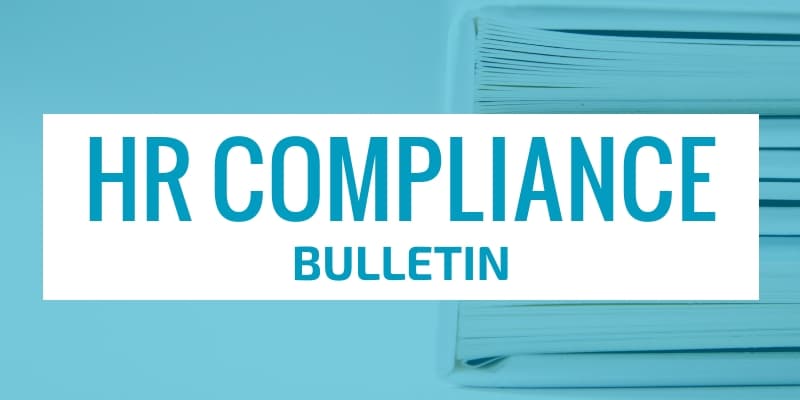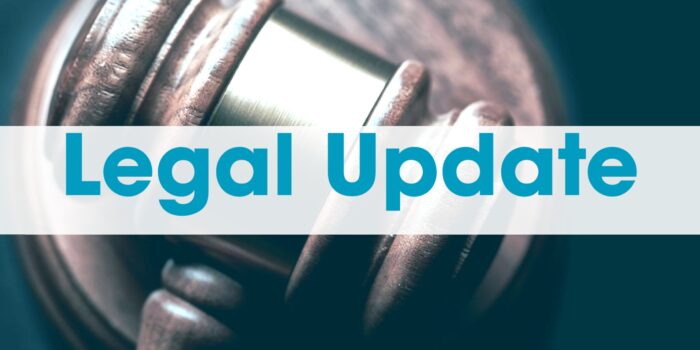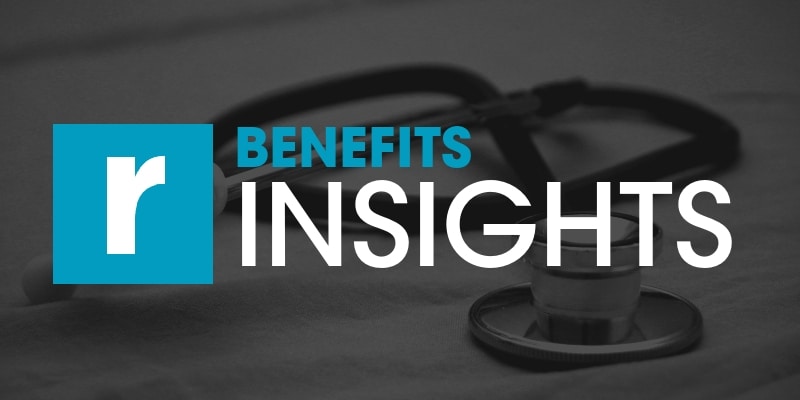28 May EEOC Updates Guidance on COVID-19, Vaccines and the ADA – Updated
[wpseo_breadcrumb]
The new and updated FAQs address whether employers may require or provide incentives for employees to receive COVID-19 vaccinations. They were added to guidance that the EEOC first issued on March 18, 2020, and then updated several times. The last update was made in December 2020.


 On May 28, 2021, the Equal Employment Opportunity Commission (EEOC) issued updated and additional
On May 28, 2021, the Equal Employment Opportunity Commission (EEOC) issued updated and additional  On May 18, 2021, the IRS issued
On May 18, 2021, the IRS issued  In a
In a  While decisions regarding vaccine distribution vary by state and local governments, eligibility is expanding to most adults in the United States.
While decisions regarding vaccine distribution vary by state and local governments, eligibility is expanding to most adults in the United States.